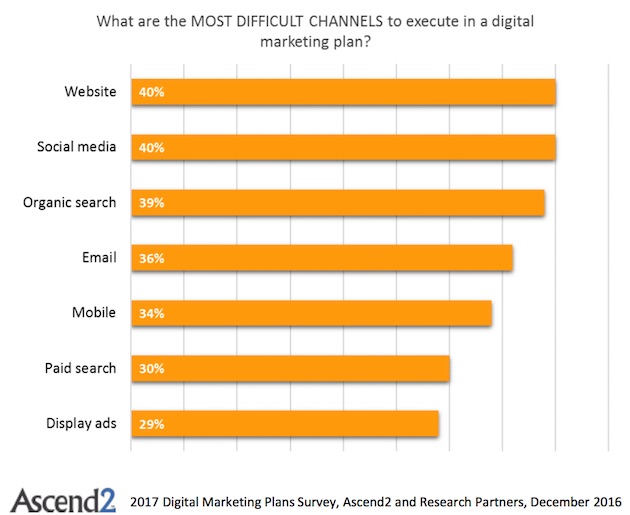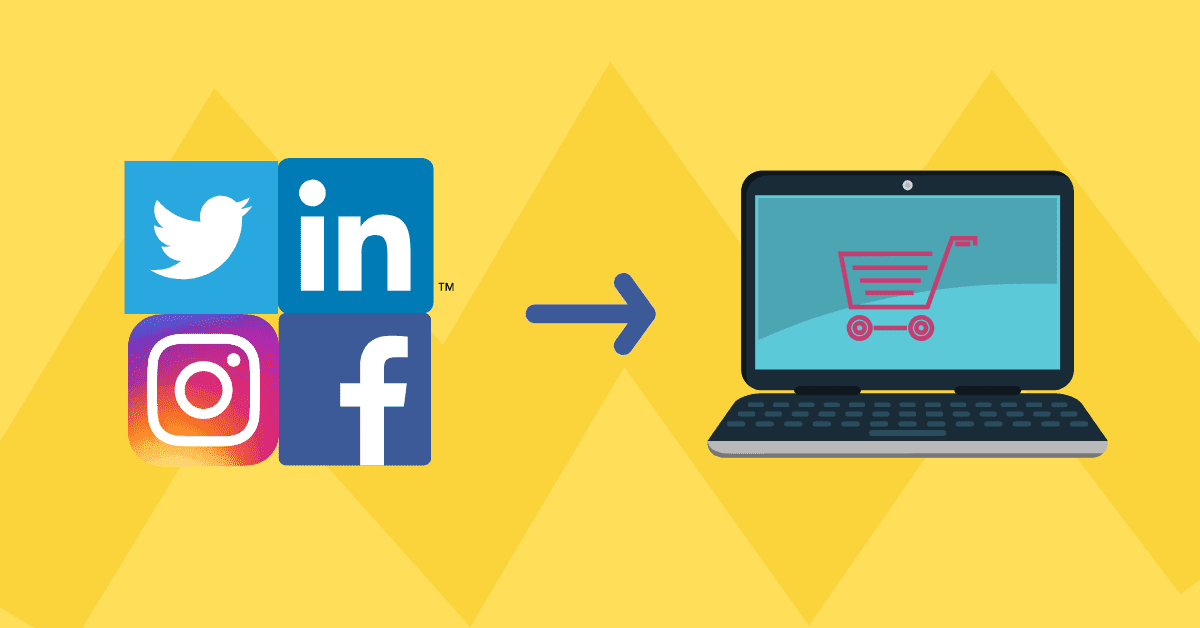
If you're unsure where to start when it comes to content marketing, consider the many successful examples of inbound marketing that have already proven to be effective. UGC (user generated content), influencers or lead magnets, as well as content that employs consumer psychology, are just a few of the best examples. Below are some examples of these methods, which can all be adapted to work for your business. You'll be able to create an improved inbound marketing campaign by following these tips.
UGC
UGC has the ability to create authentic customer engagement, which is one of its many benefits. Rather than relying on brand advertisements, this type of content is generated by readers. UGC can be used by a company to build loyalty with its most passionate followers. A customer advocacy program, for example, can be a great way of encouraging more UGC from brand advocates. This type of content allows a brand to tap into its most passionate fans.
Content created by users
There are many benefits to user-generated content. They not only provide high quality organic content but also increase brand credibility. Coca-Cola ran a viral contest in which viewers were asked to share their coke with friends and family. It quickly became a worldwide phenomenon. The campaign used pictures and videos, which have higher share rates than other content.

Lead magnets
Lead magnets in content marketing are valuable pieces that can be exchanged for contact information such as email addresses or names. Lead magnets are an effective way to generate leads for marketing campaigns. They are an effective way to build brand awareness, credibility and provide real value for potential customers. These lead magnets can help you improve your marketing efforts. Incorporating lead-magnets into your content strategy will improve your website’s SEO rankings, and increase traffic.
Influencers
Influencers are a great way to promote content marketing. It's a proven method for promoting ecommerce sites and it works well with content-forced marketing campaigns. Because they can create interest in your products, influencers are invaluable. Influencers are a great way of reaching niche buyers. In order to get the best results, influencers need to be engaged and connected with your brand.
Using data
Marketers are increasingly relying on data to market their content. This is due to the increasing amount of information that consumers have access, making it more difficult for them be selective about what they read and hear. You can use data to your advantage to gain valuable insights into your audience's needs and interests and tailor your content accordingly. Using data to create user profiles and highly-granular audience segments is a key component of data-driven content marketing.

FAQ
Is a Content Marketing Strategy right for me?
If you already know what you want to say, then a Content Marketing Strategy will work perfectly for you.
Here are some questions to ask to get you started.
Do my company need to communicate a particular message? Or should I create content that appeals to a wider audience?
Is it better to generate leads or convert visitors into buyers?
Do I want to promote one or more products?
Would I be interested in reaching out to people outside of my industry sector?
A Content Marketing strategy is what you need if you answered "yes" any of these questions.
What length should my content marketing campaign last?
It depends on the industry and what type of product or service is being offered.
One example is if your company sells shoes. You might spend one month designing a new model. You might launch the new product in August, and then keep it updated throughout the year.
If you are selling clothing, one look might be for spring and one for fall. You want to keep your customers interested by offering something new every day.
Your goals will dictate how long your content marketing strategy lasts. For small-scale companies, one channel may be sufficient. To reach large audiences, larger companies might need to consider several channels.
How can you make a content marketing strategy that works?
First, decide what type of content you want. This will help you create a content marketing plan that is effective. Then, decide who your target market is and how they use the internet. Next, you will need to identify the channels that are most likely to reach your target market. Finally, you will need to choose the right keywords for each channel. Then write compelling copy.
Statistics
- We found that 40% of businesses don't have a documented strategy yet. (semrush.com)
- In fact, would pay more for a better customer experience, and 86% of B2B buyers would pay more. (neilpatel.com)
- Seventy-two percent business to business (B2B) (mailchimp.com)
- According to research compiled by Coschedule: Companies that publish 16+ blog posts a month get as much as 3.5x as much traffic as those that publish 0-4 posts a month. (criteo.com)
- Progress indicators (0–100%) allow each team member to see how attainable each goal is and understand what remains to be accomplished. (semrush.com)
- According to the Content Marketing Institute, 70% of B2B marketers and 86% of B2C marketers surveyed use content marketing in some form or other. (criteo.com)
- Forty-seven percent of buyers view 3 to 5 pieces of content before engaging with a sales representative. (mailchimp.com)
- This marketing strategy landed Ford a 15.4% conversion rate. (neilpatel.com)
External Links
How To
Infographic Creation Tips for Content Marketing
Infographics can be a great way to simplify complex concepts and make it easy to understand. Content marketing aims to provide useful and valuable information to your target audience, so you should consider using infographics to help spread this message.
To create an infographic, Adobe Illustrator or Photoshop is required. These programs are great for creating infographics. Once your design is ready, you can start uploading images from sites like Pixabay and Unsplash to insert into your design.
Looking at other infographics online can help you get ideas. For example, if you want to show how many calories are in certain foods, you could take a picture of a food pyramid and replace the numbers with pictures of those foods. You could also look at the sugar content of soda pop, and then take a photo of a Coke bottle.
Once you've created your infographic, share it on social media channels like Facebook or Twitter. This helps people who aren't familiar with the concept learn about it. If you decide to post your infographic on social media platforms, include hashtags so others can see what you're talking about. Users can follow along with specific conversations using hashtags.
An infographic is a shorter version of a blog post. An average blog post can be anywhere from 2000 to 5000 words long, while an infographic only requires 500 to 1000 words. You can communicate more information in less space.
When designing your infographic, remember that some viewers may struggle to read small font sizes. Make sure you use large enough fonts and don't rely too heavily on color for your graphics. You must also ensure that your text is easily read.
These are just a few additional tips.
-
Choose an Infographic Template. Many templates are available in both printable and online formats. Canva, Piktochart or Google Slides are three of the most well-known templates.
-
Make your Infographic. Create your infographic using the template. You can use any type of media that is appropriate for your audience. If you want to create an infographic on the best places for food in Seattle, for example, you might use photos from local restaurants.
-
Add text. Once you've created your infographic, add text using Microsoft Word, PowerPoint, or Canva.
-
Add Images. Add images to an infographic. These images can be charts, graphs, icons, or pictures. Make sure your picture is relevant to the topic you are adding.
-
Make It Interactive. Interactive elements like buttons, maps and links can be added to your website. This will engage your audience.
-
Share. Share your infographic after you're done.
-
Measure. How well did your infographic perform? Did people click on your website? Did they sign up for your email list? Was your infographic received well by them?
-
Improve. Do you think there are ways to improve your infographics Do you think your infographic could be better?
-
Repeat. Do it again.